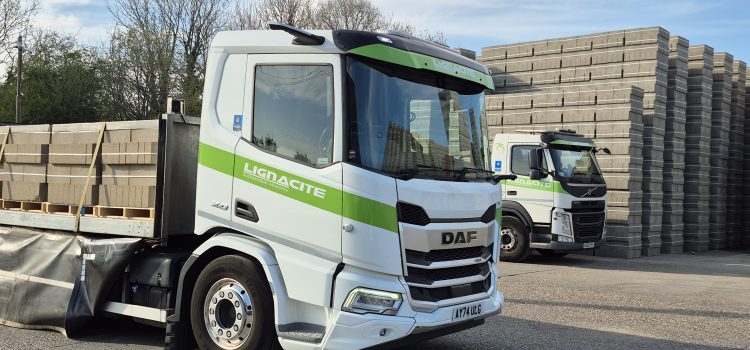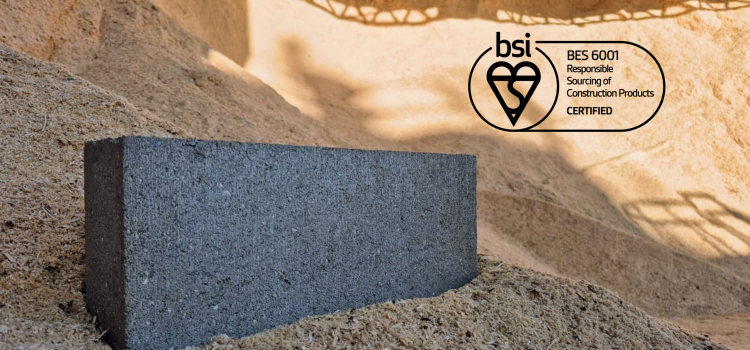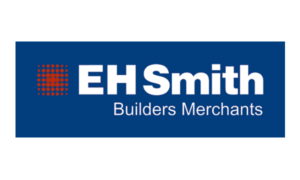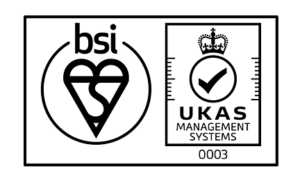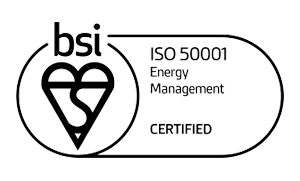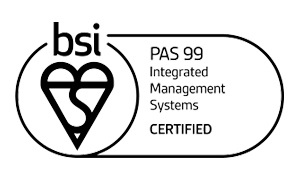Articles
What are aggregates and how are they used in concrete blocks?

Posted by Nick Franks
Aggregates are key components in concrete blocks. In this article, we explain what they are and showcase the most common types.
What are aggregates?
Aggregates are essential materials used to enhance the strength, durability and structural integrity of construction products, including concrete blocks.
They usually consist of coarse particles such as gravel, crushed stone or recycled concrete, as well as finer materials such as sand. These aggregates are mixed with cement and water to form the concrete mixture. As the mixture dries, the water and cement bind with the aggregates to create concrete.
The choice of aggregates impacts the eventual concrete block's density, loadbearing capabilities and thermal properties, making them crucial for achieving specific performance characteristics.
Why are aggregates used in concrete blocks?
Aggregates are an essential component of the concrete used to form the blocks. Typically, a concrete mix is made up of around 80-85% aggregates.
The role of aggregates is to contribute towards a concrete block’s strength, durability and conductivity. Each aggregate’s size, weight, moisture content and grade (fine or coarse) can significantly change the properties of concrete.
Different types of aggregate materials used in concrete blocks
Gravel
Gravel is a popular coarse aggregate for concrete blocks. It is a raw construction material that is extracted from river beds, gravel pits and the sea floor, and provides great strength to a concrete mix.
Crushed stone
Crushed stone is usually formed of crushed limestone or granite, but it can also be created by crushing concrete waste found on demolition sites.
Sand
Sand is a very common fine aggregate in concrete blocks. However, only a specific type of sand can be used – you can’t just take it off the beach! Sand for concrete is coarse, which means it bonds well with the other components of concrete. Other types of sand have smoother particles, which means the bonds are weaker.
Expanded clay
Expanded clay is an excellent lightweight aggregate to include in the mix for a concrete block. It is extracted from the ground and then heated to make it expand, increasing its volume while keeping its porosity.
Recycled aggregates
Recycled aggregates include ash, wood particles and construction waste. By including recycled aggregates within concrete block mixes, you can help to reduce the overall carbon footprint of the block.
Which aggregate is best for concrete blocks?
The ‘best’ aggregates depend on what properties you want the final concrete block to have.
Aggregates such as sand and gravel are commonly used in concrete blocks. However, if you want to use the blocks for specific applications, it is best to adapt the aggregates you use.
For instance, to achieve a lightweight concrete block, you may want to use expanded clay as an aggregate. This aggregate has a porous structure filled with tiny air pockets, which makes it lighter. It also occupies a larger volume relative to its mass, which means that it adds to the bulk of the concrete without contributing much weight.
At Lignacite, our flagship blocks contain recycled wood particles. This is a lightweight aggregate that also provides the block with added thermal and sound insulation.
When it comes to recycled aggregates that should be avoided, try not to use anything that has been poorly processed or contains unwanted debris, chemicals or other minerals.
The most sustainable aggregates to use in concrete blocks
The most sustainable aggregates to use in concrete blocks are those that minimise the environmental impact of the resulting product.
Using recycled aggregates, such as ash, wood particles and crushed concrete from demolition sites, is one way of doing this. This is because it removes the need to extract and transport raw materials, sometimes over huge distances.
Natural aggregates that are bountiful and can be sourced locally can also be used as sustainable options. For instance, gravel and limestone.
Sustainability can also be viewed in terms of how the finished product will help a building over its lifecycle. For instance, concrete blocks with a reasonably high mass will help a building to maintain its internal thermal comfort, reducing the need for artificial heating and cooling. In this case, aggregates such as ash, gravel and limestone are ideal.
To learn more about the eco-friendliness of concrete, check out our article.
Learn more about our sustainability initiatives
If you’d like to learn more about our sustainability commitments and what we’re doing to reduce the environmental impact of our products, take a look at our Sustainability section.
You can also get in touch with our Sales team to find out which of our blocks are the best fit for your construction projects. Call them on 01842 778485 today.

